Were there any particular artists that inspired you or that you wanted to emulate when you were younger?
Michelangelo, Charles White, Elizabeth Catlett, Ernie Barnes, Jacob Lawrence, Aaron Douglas, John Biggers, John Scott, and Rembrandt. And the list goes on . . .
How did you come to find yourself a printmaker?
I chose the path of printmaking after I first encountered it as an undergrad at Xavier University of Louisiana under the direction and tutelage of John Scott, who later became my mentor. I was enthralled with the transfer of the image from the substrate and the ability to make multiples. I was enamored with the ability to disseminate the images to multiple people and reduce the sale price to make the work more affordable to multiple buyers and supporters of the arts. I loved the history of print, and its use in political, social, and communal efforts to raise awareness, to challenge damaging powers, as a documentation of history, and the ability to speak truth through the art.
At my core, I love to draw and make things with my hands. I consider myself a mixed media artist very much like a linguist is interested in multiple languages, I too am interested in the multiple voices of expression through the arts through media.
What drove you to the printmaking medium?
The first thing that captivated me about printmaking was the etchings of Rembrandt. But my first print was a linoleum cut of Billie Holiday, while a student at Xavier. I made cross contoured cuts on the face of Holiday that accentuated the volume of the image and the stark black and white contrast captivated me and fed me with life, and a myriad of possibilities flooded my mind.
Can you tell me more about your printmaking process?
I mostly do linoleum cuts, which involve the production of several sketches and research, drawing directly on the substrate, using wood cutting tools to remove material from the substrate in the negative space areas around the positive lines and marks I made on the block, applying ink to the surface with a flat roller, applying paper on top, running it through a press under thousands of pounds of pressure, and removing the paper from the block to reveal the print. Everything that was cut away from the block registers as white and the raised portions read as the color applied to the block. Hence the print is made and the process repeated to make multiple prints in the edition.
I am interested in capturing the spirit of my drawing, and trying intently to maintain the vitality of the mark.
Are the pieces in the exhibit one process or a combination of processes?
The pieces in the exhibit are linoleum cuts, woodcuts, and lithographs.
How has the African-American experience informed your work—especially some of the themes?
The African-American experience is my life, it is who I am, it is the group I identify with most strongly, but I am a man who has lived in the context of several cultures, and those cultures have informed my work and philosophy about creating, about being human. In regards to the specific nature of the African-American experience, I am a descendant of slaves, but I also share the spirit of the African turned American. I have not been stripped of my home, I have not been forced to occupy a strange land, I have not felt the sting of the whip, I have not felt the strangle of the hangman noose, nor the separation of family, nor the rape of my mother by those who conspired to create a world where I am defined as chattel. As an African American, I have felt the constricting tentacles of slavery upon my people and I have dedicated my art to address those issues with the hope of continuing the struggle against inequality wherever it rears its ugly head. I am interested in showing Black love, creativity, imagination, and cultural rhythms that have shaped this planet in spite of the conditions that tried to erase our humanity and culture toward conformity and assimilation.
I listened to a podcast, read news articles on past exhibits—your pieces even if recycled into new shows seem to evolve, the meanings and symbols behind them clarified by each new context.
The artwork has a different meaning in different contexts. The artwork is multi-layered with symbol and meaning and I am able to extract different portions of the work for different audiences. My work is an evangelical tool to engage different populations and demographics. For example, I can speak about my work through a historical lens, a spiritual lens, a gender lens, a communal lens, or a global lens. Universal themes run throughout my work that connect humankind.
At the heart of my work is love. Love of self, and love of people. The work is challenging, first to me, and to my audience. History holds a lot of pain, if we choose to look at it clearly, but it also holds undeniable beauty, power and majesty. We have a responsibility of the self and others in which we are in contact with. We are “our brothers’ keeper,” and you are my “neighbor.”
You seem to tackle BIG subjects, may I suggest a classic human struggle, mythologies, Christian iconography—indeed your pieces are not about one thing but many things.
The subjects I address are ones that have been before humankind since inception. Christ and his teaching is at the center of my work. I am utilizing a design mechanism called “dense-pack” whereas I force the viewer to encounter several things all at once and they have to sift through the image like an archeologist to extract meaning and make sense of the controlled chaos.
The art is meant to be viewed multiple times and meditated upon. When encountered at different cognitive points in one’s life the work has different meanings and understanding. Societally we have been bombarded with various stories and realities that are real, perceived, conceived, and imagined. The artwork is fixed but we are ever evolving and in a state of becoming, therefore the art is being reborn daily, and so too should we be reborn and in pursuit of a deeper understanding of self and everything around us.
I’m sure I don’t need to tell you that we are at a particular point in history, referring here to politics, Black Lives Matter, Charlottesville, the current administration—how is your work or ongoing work speaking to this?
I challenge the notion of being at a particular point in that this moment is a continuum of the scars of our forefathers, and in many instances, we are reifying those scars and unfortunately creating new ones because America has a nasty wound that has not healed since its inception. Look back over each decade, and let me know which one was not wrought with unimaginable challenges and obstacles to community, and oneness. We have inherited a stained bill of sale, and we are passing the stains on to the next generation consciously and unconsciously. I am not so much as speaking to those events, but to the spirit that underlies all of the chaos in our lives. I am trying to speak to the root.
You’ve been described as an art evangelist. Are you an evangelist for art or an evangelist that uses art to get across a religious message? Or a bit of both? How about art prophet—is it always the good news?
I have been described as an Art Evangelist and I have accepted the calling. I know that I am flawed and I am not perfect, but I strive to better myself and be more conscious and responsible of my agency. I liken myself to Christ and his disciples, and his call upon my life to go out and be fishers of men. What was keen in that exchange is that the disciples were a group of people who were flawed, but discipline in their submission and study to understand the truth and dedication to spread the Gospel. I believe the work that I am doing is inspired and thus it is prophetic, but not by my doing, but through that which flows through me. Everywhere I have gone, the work has touched someone, and many times it is not the work, it is the experience of interacting, it is the sharing, the connecting that at times is more powerful than the art. The art is a tool for engagement, and a place to rest, reflect, and prepare for action. The art locates the issues, and plainly places them before us and thus challenges us to act.
I’ve also seen your work described as visceral sermons. How has your faith impacted your art?
My art and faith are one and the same. The art is a physical manifestation of what is in my heart, it is like the air I breathe, the words I speak. When presenting my work I am not interested in only sharing the process, I am deeply interested in telling a story as if I invited you into my kitchen and had a conversation over a cup of coffee.
What are you listening to? Do you have a playlist for creating?
I am listening to Lianne La Havas, Gregory Porter, Trombone Shorty, Rebirth Jazz Band, Robert Randolph and the Family Band, Daniel Ceasar, Esperanza Spalding, Stevie Wonder, Mr. Jukes, Public Enemy, PJ Morton, Leon Bridges, Dee Dee Bridgewater, Corinne Bailey Rae, Gary Clark Jr., to name a few.

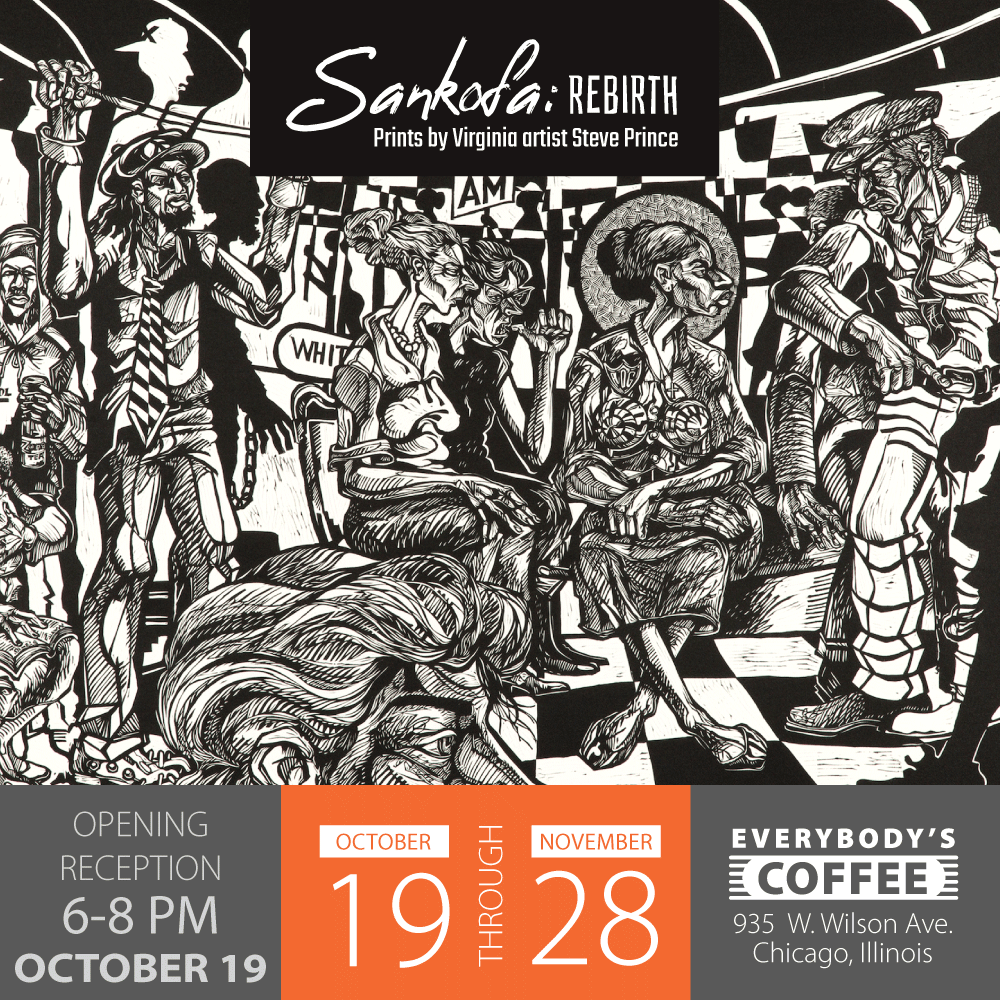
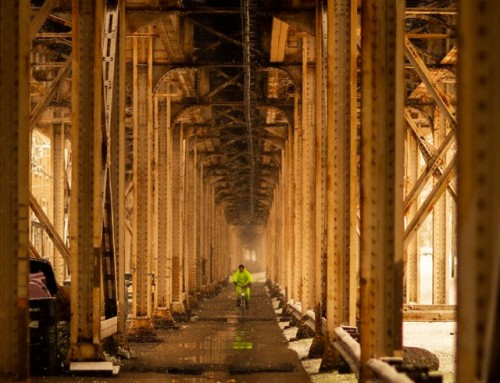
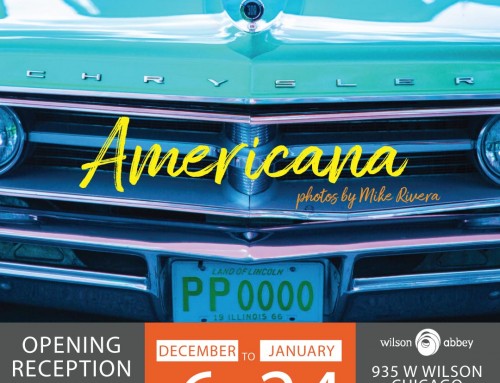
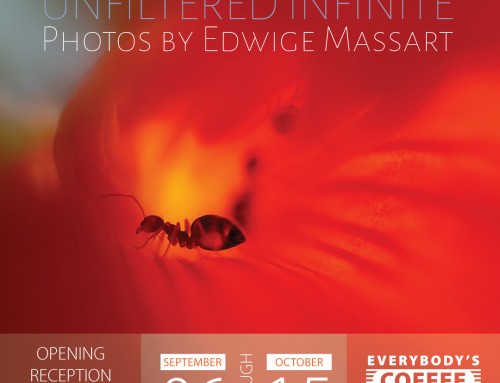
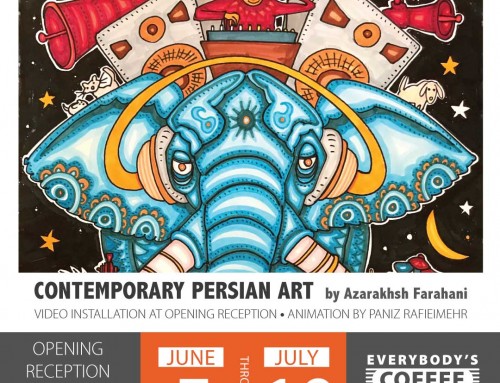
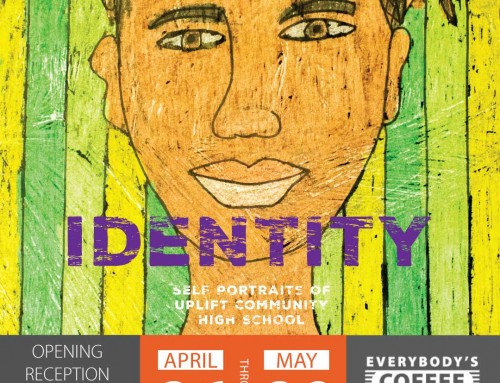
Leave A Comment